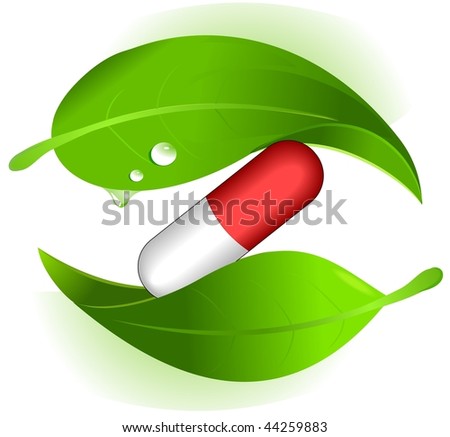 Complementary and alternative medicine (CAM) use is widespread amongst most cancers sufferers notably breast cancer sufferers are the most likely customers. Numerous research support that natural medicines are amongst essentially the most generally used group of treatments amongst CAM. Herbal treatments are assumed by the general public to be secure, cause much less complications and are much less prone to cause dependency. The foremost causes of CAM (together with herbal remedy) recognition amongst breast most cancers sufferers embody improving high quality of life, supporting conventional most cancers treatment, stopping recurrence and eventually to delay survival.
Complementary and alternative medicine (CAM) use is widespread amongst most cancers sufferers notably breast cancer sufferers are the most likely customers. Numerous research support that natural medicines are amongst essentially the most generally used group of treatments amongst CAM. Herbal treatments are assumed by the general public to be secure, cause much less complications and are much less prone to cause dependency. The foremost causes of CAM (together with herbal remedy) recognition amongst breast most cancers sufferers embody improving high quality of life, supporting conventional most cancers treatment, stopping recurrence and eventually to delay survival.
It is a nice lens, especially the knowledge on salt. I’ve had loads of bodily injuries, and used Epsom salt. Then I discovered Red Sea salt, and it not solely helped the aches and pains, however helped with the dry skin. I did a lens about Mark Kurlansky’s the Story of Salt. If you have not read it, I think you’d enjoy it. It’s an enchanting read. Thanks for this lens, I realized quite a bit, and it introduced again recollections.
IAO conceived and took part in the design of the examine, reviewed the results, and critically reviewed the manuscript. KAO participated within the examine design, analysed the outcomes, and contributed to drafting the manuscript. MA participated in the study design, interviewed the members, performed the data entry, and critically reviewed the manuscript. All authors learn and authorised the ultimate manuscript.
St. John’s wort could cause your skin to be more delicate to the solar’s ultraviolet rays, and may trigger an allergic response, abdomen upset, fatigue, and restlessness. Medical research have discovered that St. John’s wort also interferes with the effectiveness of many drugs, including the blood thinner warfarin (Couamdin), protease inhibitors for HIV, birth control drugs, certain asthma medicine, and many different medications. As well as, St. John’s wort shouldn’t be taken with prescribed antidepressant remedy. The FDA has issued a public health advisory concerning many of those interactions.
Within the early 19th century, when chemical analysis first grew to become out there, scientists started to extract and modify the lively substances from vegetation. Later, chemists started making their very own model of plant compounds and, over time, the usage of natural medicines declined in favor of medicine. Almost one fourth of pharmaceutical medicine are derived from botanicals.
